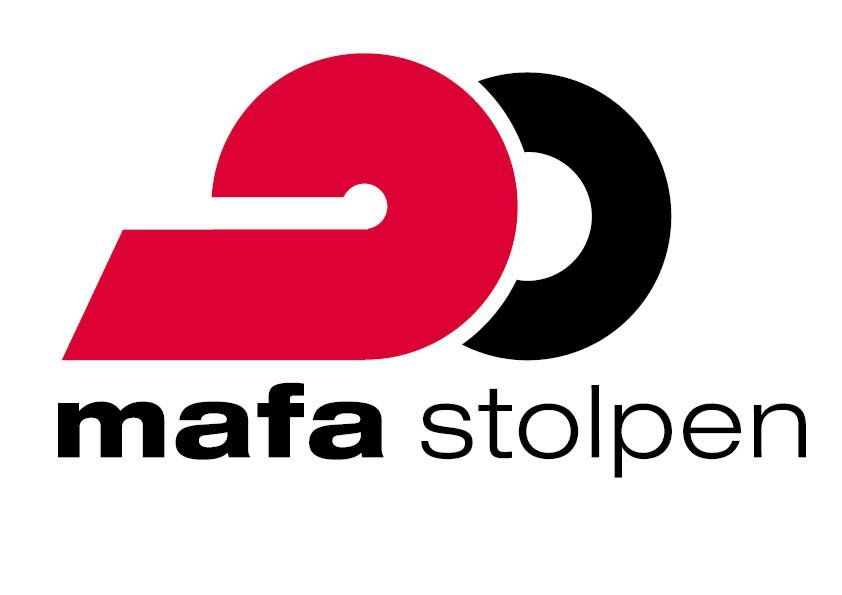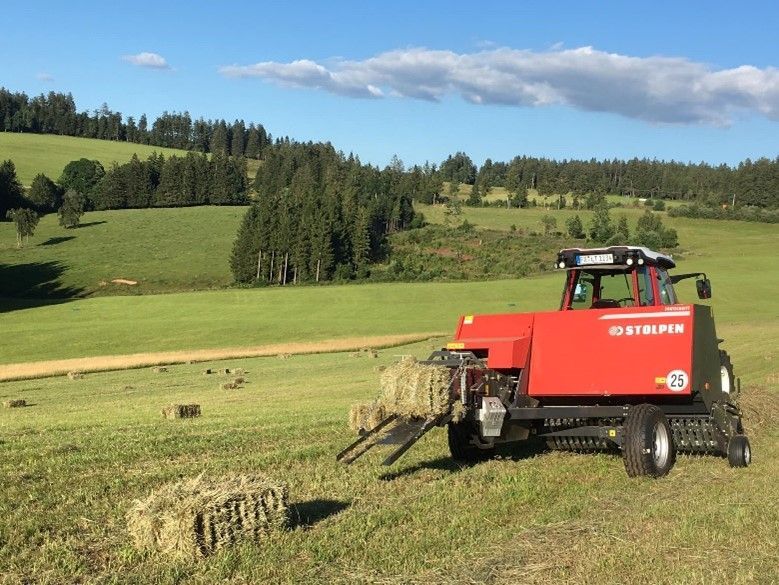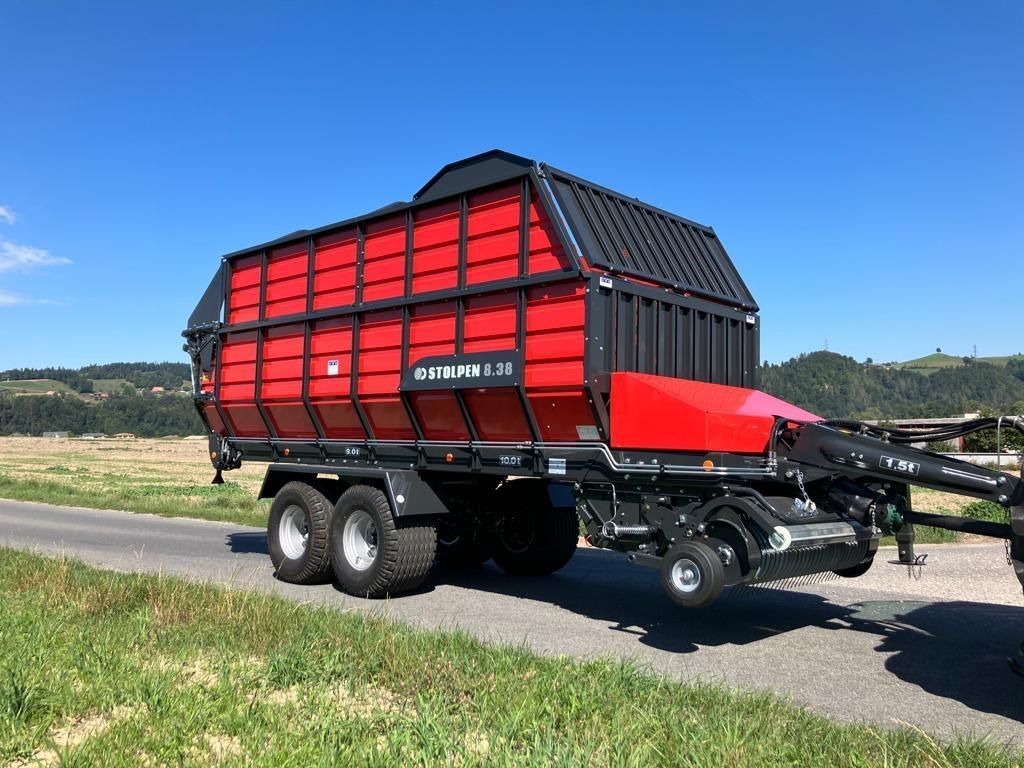What Types of Machines Are Used in Agriculture?
What Types of Machines Are Used in Agriculture?
1. Tractors – The Backbone of Farming
Tractors are versatile machines used for plowing, tilling, planting, and hauling. Different types include:
-
Utility Tractors – General-purpose use for small to medium farms.
-
Row-Crop Tractors – Designed for precision work in large fields.
-
Orchard Tractors – Compact and low-profile for fruit and nut farms.
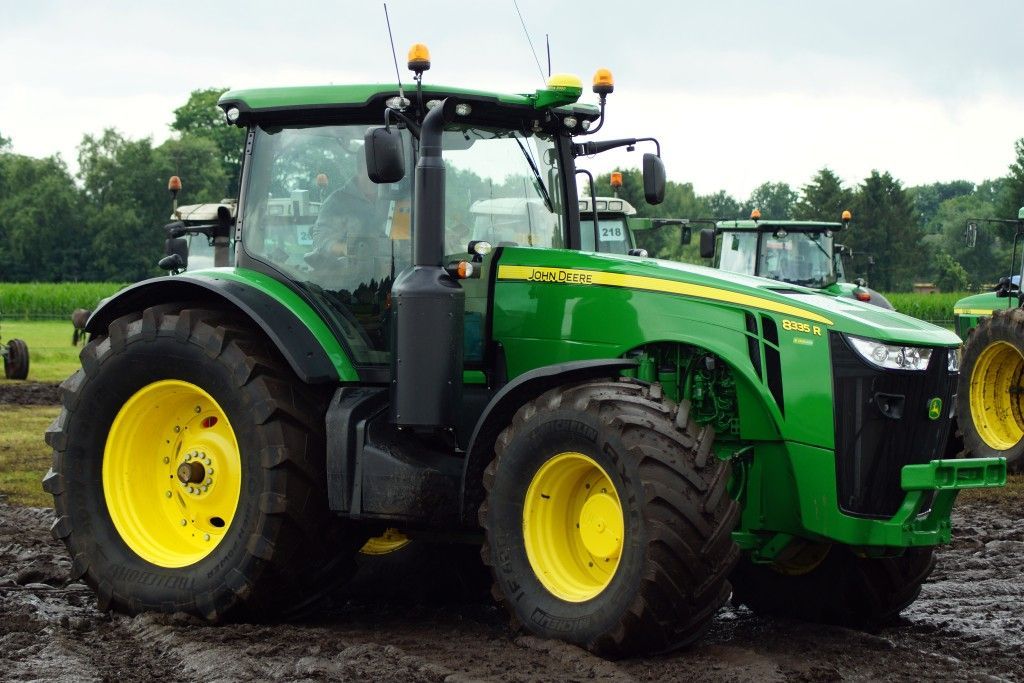
2. Harvesting Machines
These machines help gather crops efficiently:
- Combine Harvesters – For grains like wheat, corn, and barley.
-
Forage Harvesters – Used to chop and collect silage for livestock feed.
-
Cotton Pickers & Strippers – Specialized for cotton harvesting.

3. Planting & Seeding Equipment
Precision is key when planting crops:
-
Seed Drills – Ensure even seed distribution at the correct depth.
-
Planters – Advanced models allow for variable-rate seeding.
-
Transplanters – Automate the process of planting seedlings.

4. Tillage Equipment
Used for soil preparation before planting:
-
Plows – Turn over soil to bury weeds and crop residues.
-
Harrows – Break up clods and level the soil surface.
-
Cultivators – Weed control and soil aeration between crop rows.

5. Irrigation Systems
Essential for water management:
-
Center Pivot Irrigation – Covers large circular fields efficiently.
-
Drip Irrigation
– Delivers water directly to plant roots, reducing waste.
-
Sprinkler Systems – Simulates rainfall for even water distribution.

6. Hay & Forage Equipment
Used for processing animal feed:
-
Balers – Compact hay or straw into bales for storage.
-
Mowers & Conditioners – Cut and prepare crops for drying.
-
Forage Wagons – Collect and transport chopped forage.
7. Livestock Farming Machinery
Machines designed for animal husbandry:
-
Milking Machines – Automate dairy farming for efficiency.
-
Feed Mixers
– Blend and distribute livestock feed.
-
Manure Spreaders
– Recycle nutrients back into the soil.

8. Precision Agriculture Technology
High-tech tools for smarter farming:
-
GPS & Auto-Steer Systems – Improve accuracy in planting and spraying.
-
Drones – Monitor crop health and apply pesticides.
-
Soil Sensors – Analyze moisture and nutrient levels in real time.
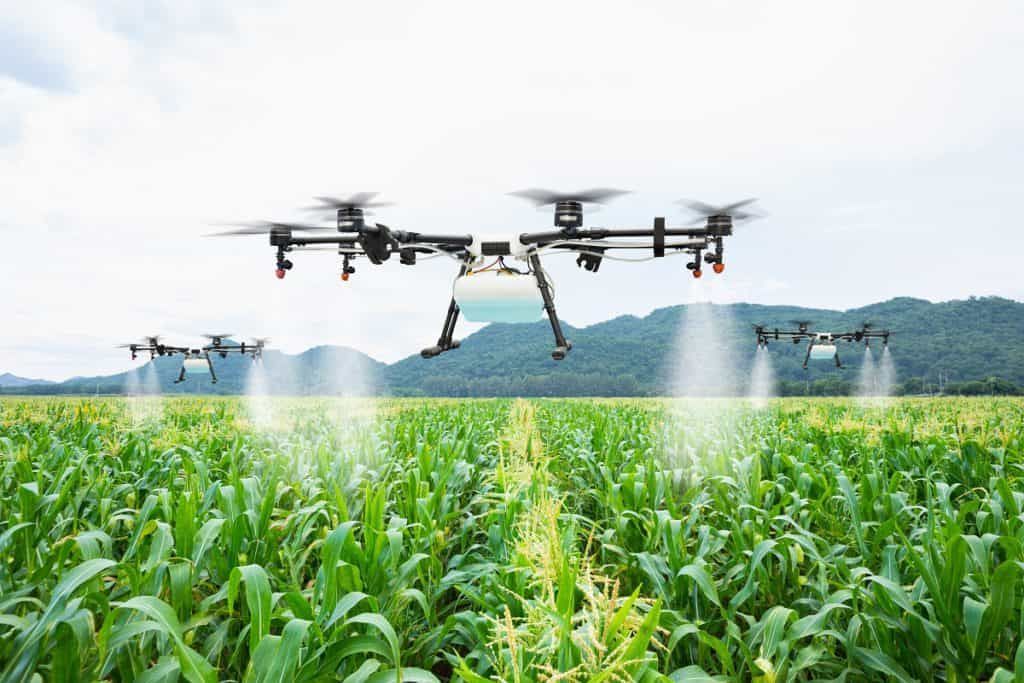
Choosing the Right Agricultural Machines
The best equipment depends on:
-
Farm Size – Small farms may need compact machines, while large-scale operations require heavy-duty equipment.
-
Crop Type – Different crops require specialized harvesters and planters.
-
Budget – New, used, or leasing options can affect affordability.
The Future of Agricultural Machinery
Advancements in automation, AI, and electric-powered machines are transforming farming into a more sustainable and efficient industry.


